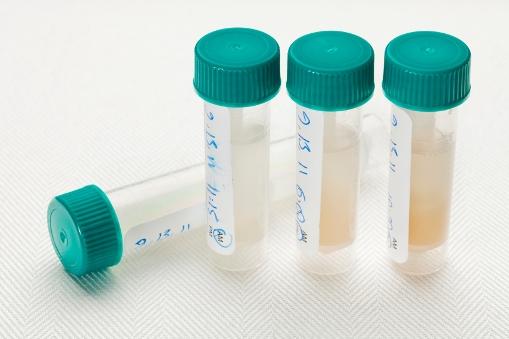French researchers yesterday reported on a Zika virus link to meningoencephalitis in an elderly man, and Italian researchers today reported the first discovery of the virus in human saliva, as new scientific findings about the virus continued to pile up.
Meningitis report
The French report focused on an 81-year-old man who was admitted to an intensive care unit 10 days after returning from a 4-week cruise to New Caledonia, Vanuatu, the Solomon Islands, and New Zealand. The team reported its findings yesterday in a letter to the New England Journal of Medicine.
The man's clinical workup, including magnetic resonance imaging, suggested meningoencephalitis. Results of his lumbar puncture also suggested meningitis, and Zika virus was grown in culture from cerebrospinal fluid. Tests for other infectious diseases were negative.
He fully recovered without specific treatment by day 38 of the illness, except for residual weakness in the left arm. The team urged clinicians to be aware that Zika infection may be linked to the condition.
The NEJM report follows a recent case report of another neurologic complication possibly linked to the Zika virus. Last week in The Lancet, researchers reported that they detected the virus in the CSF of a 15-year-old girl from Guadeloupe who had acute myelitis.
Zika in saliva
Meanwhile, Italian researchers today said they found infectious Zika virus in the saliva of a patient who got sick in January upon returning from the Dominican Republic, the first known isolation in saliva, raising questions about the potential risk of human-to-human transmission by that route. The team published its findings in the latest issue of Eurosurveillance.
Live virus was found in saliva collected 6 days after symptom onset. Serial tests on saliva and urine suggested prolonged viral shedding at higher levels than in blood for up to 29 days after symptom onset.
The researchers said more study is needed to assess the infectivity of Zika in saliva and that the results hint that from a lab perspective saliva might be useful for Zika RNA detection as well virus isolation.
See also:
Mar 9 N Engl J Med letter
Mar 10 Eurosurveill report





















